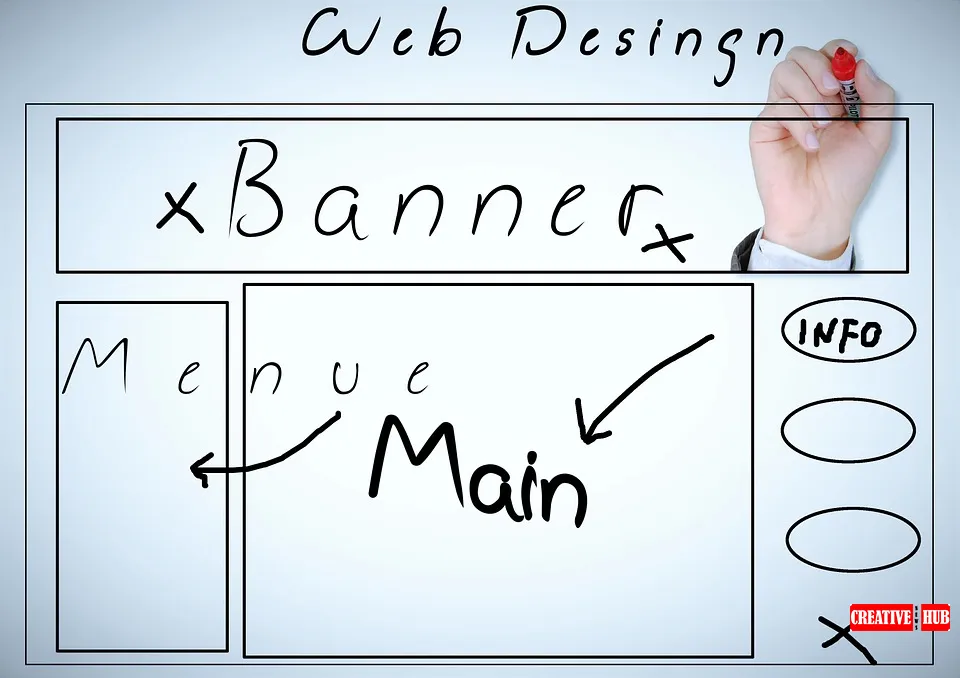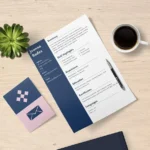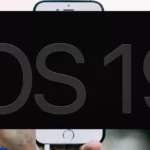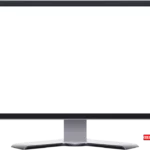Freelance web design often shines as a beacon of creativity and independence, but a world brimming with stress and challenges lies beneath the surface. The digital landscape, vibrant with colors and innovation, demands more than just artistic flair. Advanced designers grapple with relentless client revisions, tight deadlines, and the ever-looming pressure to remain relevant in a fast-paced industry. This article explores these stressors and offers practical strategies to manage them while nurturing creativity.
The digital age has created a dynamic field in which freelance web designers shape the online presence of countless businesses. However, the allure of flexible schedules and creative freedom often masks the intense pressure of the profession. Designers frequently juggle multiple projects, each with its expectations and timelines. With the industry evolving rapidly, staying ahead of trends is not just an advantage—it’s a necessity.
The Reality of Client Revisions
One of the most significant stressors for freelance web designers is managing client expectations and revisions. Clients often have a vision that evolves as the project progresses, leading to numerous changes and adjustments. This process can be time-consuming and mentally taxing as designers strive to balance their creative instincts with client satisfaction.
In the world of web design, communication is key. Clear and open dialogue with clients from the outset can help manage expectations and reduce the number of revisions. Establishing a detailed project brief and timeline ensures that both parties are aligned, minimizing misunderstandings and unnecessary stress. Establishing boundaries and ensuring transparency enables designers to navigate client relationships more effectively revisions.
Tight Deadlines and the Pressure to Perform
The fast-paced digital world means that deadlines are often tight and unforgiving. Freelance web designers must deliver high-quality work within short timeframes, which can lead to burnout and decreased creativity. The pressure to perform consistently at a high level can also damage mental health, making it essential for designers to adopt strategies to manage stress.
Time management is crucial in overcoming the challenges of tight deadlines. Breaking projects into manageable tasks and setting realistic deadlines can help designers maintain focus and productivity. Additionally, incorporating regular breaks and prioritizing self-care can prevent burnout and keep creativity flowing. Designers can sustain their passion for the craft while meeting client demands and balancing work with relaxation.
Staying Relevant in a Rapidly Evolving Industry
The web design industry is constantly changing, with new technologies and trends emerging rapidly. Staying relevant is crucial for freelance designers to maintain a competitive edge. However, the pressure to keep up can be overwhelming, as designers must continuously learn and adapt to new tools and techniques.
Embracing a lifelong learning mindset is essential for web design success. Designers should actively seek out opportunities for professional development, whether through online courses, workshops, or networking events. Staying informed about industry trends and innovations allows designers to offer clients fresh, cutting-edge solutions.
Finding Balance and Nurturing Creativity
Finding balance and nurturing creativity is vital amidst the pressures of freelance web design. Designers must carve out time for personal projects and exploration, allowing themselves the freedom to experiment and innovate. This creative exploration rejuvenates the mind and enhances the quality of client work.

Building a support network of fellow designers and industry professionals can provide valuable insights and encouragement. Sharing experiences and challenges with others fosters a sense of community and reduces the isolation often felt in freelance work. Engaging with colleagues can also help designers acquire novel perspectives and inspiration, invigorating their creative process journey.
While freelance web design offers unparalleled opportunities for creativity and independence, it also presents unique challenges. Managing client expectations and deadlines while staying updated on industry trends helps designers reduce stress and maintain their passion for their craft.
Embracing a balanced approach and nurturing creativity ensures that designers survive and thrive in this ever-evolving field. As the digital landscape expands, freelance web designers remain at the forefront, shaping the future of online experiences with innovative and user-focused designs.
Embracing Technology for Enhanced Efficiency
To thrive amidst the demands of freelance web design, harness the power of technology to streamline your workflow. Utilize project management tools that facilitate organization and communication with clients. Tools like Trello, Asana, or Monday.com help you keep track of tasks, deadlines, and project milestones, ensuring nothing slips through the cracks. Automate repetitive tasks using software that integrates with your design process, freeing time to focus on creativity and client interaction.
Cloud-based platforms like Adobe Creative Cloud or Figma offer collaborative features allowing real-time feedback and iteration, minimizing the back-and-forth typically associated with revisions. Utilizing these technologies can enhance efficiency, diminish stress levels, and consistently produce exceptional work at a higher standard.
Cultivating Client Relationships for Long-Term Success
Building strong client relationships is key to a successful freelance career. Beyond delivering quality work, focus on understanding your client’s long-term goals and how your design expertise can contribute to their success. Regularly communicate progress and insights, positioning yourself as a partner rather than just a service provider. This approach fosters trust and encourages repeat business, reducing the need to seek new clients.
Encourage feedback and be open to constructive criticism, viewing it as an opportunity for growth. When you actively engage with clients and invest in their success, you foster a collaborative atmosphere that benefits everyone involved, paving the way for lasting professional relationships.
Prioritizing Mental Health and Well-being
Maintaining mental well-being is crucial in the fast-paced world of freelance web design. Acknowledge the signs of stress and burnout and implement strategies to address them. Practice mindfulness techniques such as meditation or yoga to clear your mind and enhance focus. Set boundaries to separate work from personal life, ensuring you have time to recharge and pursue other interests.
If stress overwhelms you, consider seeking professional support or counseling. A healthy mind fosters creativity and resilience, empowering you to tackle challenges with renewed energy. When you prioritize your mental health, you’re not just taking care of yourself—you’re also nurturing your passion for design and setting yourself up for a long and fulfilling freelance journey career.
Looking Ahead: The Future of Freelance Web Design
As the digital landscape continues to evolve, freelance web designers are poised to play a pivotal role in shaping the future of online interactions. Stay attuned to emerging technologies such as augmented reality, artificial intelligence, and voice interfaces, which are set to redefine user experiences. Experiment with these technologies in personal projects to hone your skills and offer innovative solutions to clients.
Ethical design practices and sustainability are becoming increasingly important. Advocate for environmentally conscious design choices and ensure accessibility in all your projects. When you embrace these values, you play a vital role in positively impacting the industry while attracting clients who truly care about ethical considerations.
Freelance web design is a dynamic and rewarding field that offers endless opportunities for growth and innovation. As you continue your journey, remember to nurture your creativity and passion, ensuring that your designs leave a lasting impact on the digital world.

Jim Smith is a passionate writer who explores the intersections of arts, design, and technology, with a special focus on education, freelancing, and the evolving world of UX design. His work delves into creative trends, skill-building, and the future of digital innovation, inspiring readers to embrace growth and creativity in the modern era.








